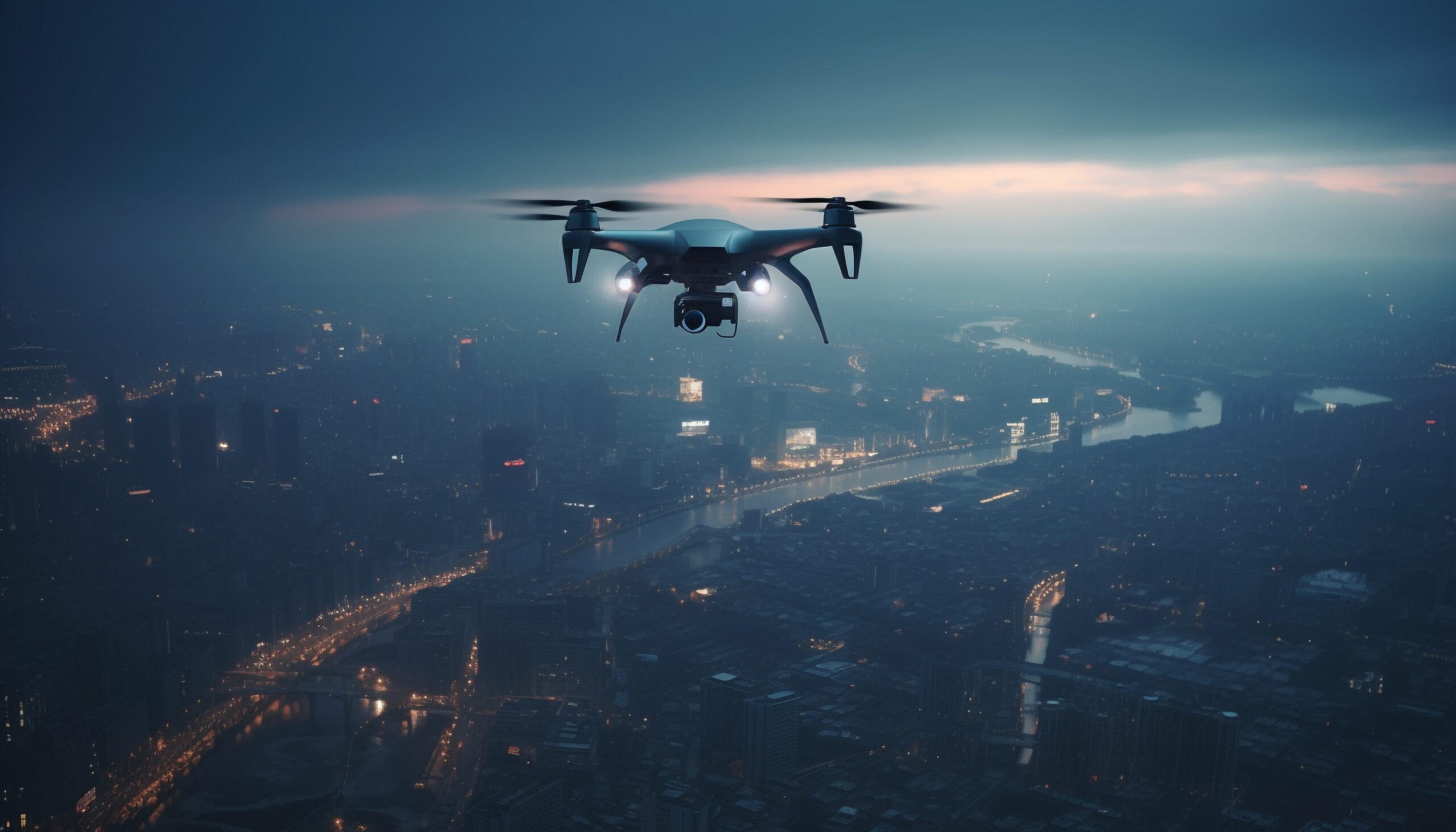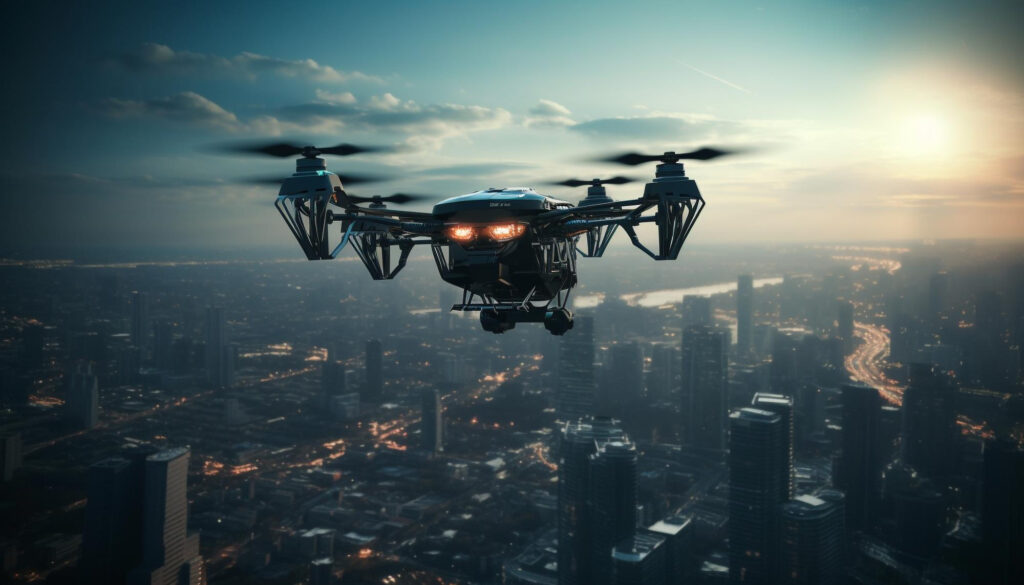The New Frontier of Drone Attacks
Imagine a world where border conflicts can be resolved without the loss of human lives. That world may be closer than we think, as Ukrainian intelligence chief has recently revealed plans for deeper drone attacks into Russia. This groundbreaking development opens up a new chapter in the history of warfare, paving the way for more strategic and effective operations.
With advancements in technology, drones have become increasingly sophisticated and versatile. They are no longer just tools for surveillance or aerial photography. Drones now have the potential to revolutionize warfare, providing a safer alternative for both sides involved.
Enhanced Precision and Reduced Risk
One of the key advantages of drone attacks is their enhanced precision. Unlike traditional airstrikes or artillery bombardments, drones can precisely target specific military installations or high-value targets. This level of precision significantly reduces collateral damage and civilian casualties, making drone attacks a more ethical and efficient method of warfare.
In addition to their precision, drones also offer reduced risk for military personnel. By deploying drones instead of ground troops, commanders can avoid putting their soldiers in harm’s way. This not only saves lives but also reduces the psychological and emotional toll on those involved in conflicts.
Ushering in a New Era of Warfare
The plans for deeper drone attacks into Russia mark the beginning of a new era of warfare. This bold step forward in utilizing drones for offensive purposes demonstrates Ukraine’s commitment to protecting its interests while minimizing the potential for casualties.
As drone technology continues to evolve, we can expect even greater advancements in the field of warfare. From autonomous drones capable of making decisions on their own to swarm technology that allows for synchronized attacks, the possibilities are endless. The future of warfare is becoming increasingly reliant on these unmanned aerial vehicles.


